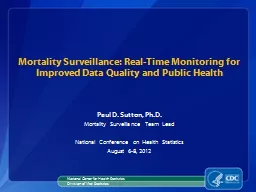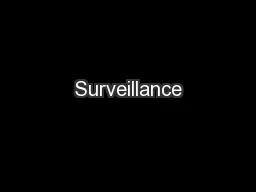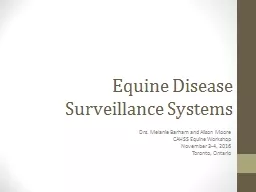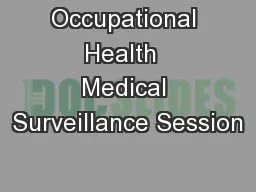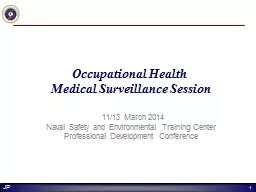PPT-Toolbox Talk: General GEN03: Skin Health Surveillance
Author : bikershobbit | Published Date : 2020-06-23
What is dermatitis Dermatitis is a common occupational skin disease often caused by repeated skin irritation or sensitisation symptoms include Skin redness or
Presentation Embed Code
Download Presentation
Download Presentation The PPT/PDF document "Toolbox Talk: General GEN03: Skin Health..." is the property of its rightful owner. Permission is granted to download and print the materials on this website for personal, non-commercial use only, and to display it on your personal computer provided you do not modify the materials and that you retain all copyright notices contained in the materials. By downloading content from our website, you accept the terms of this agreement.
Toolbox Talk: General GEN03: Skin Health Surveillance: Transcript
Download Rules Of Document
"Toolbox Talk: General GEN03: Skin Health Surveillance"The content belongs to its owner. You may download and print it for personal use, without modification, and keep all copyright notices. By downloading, you agree to these terms.
Related Documents


